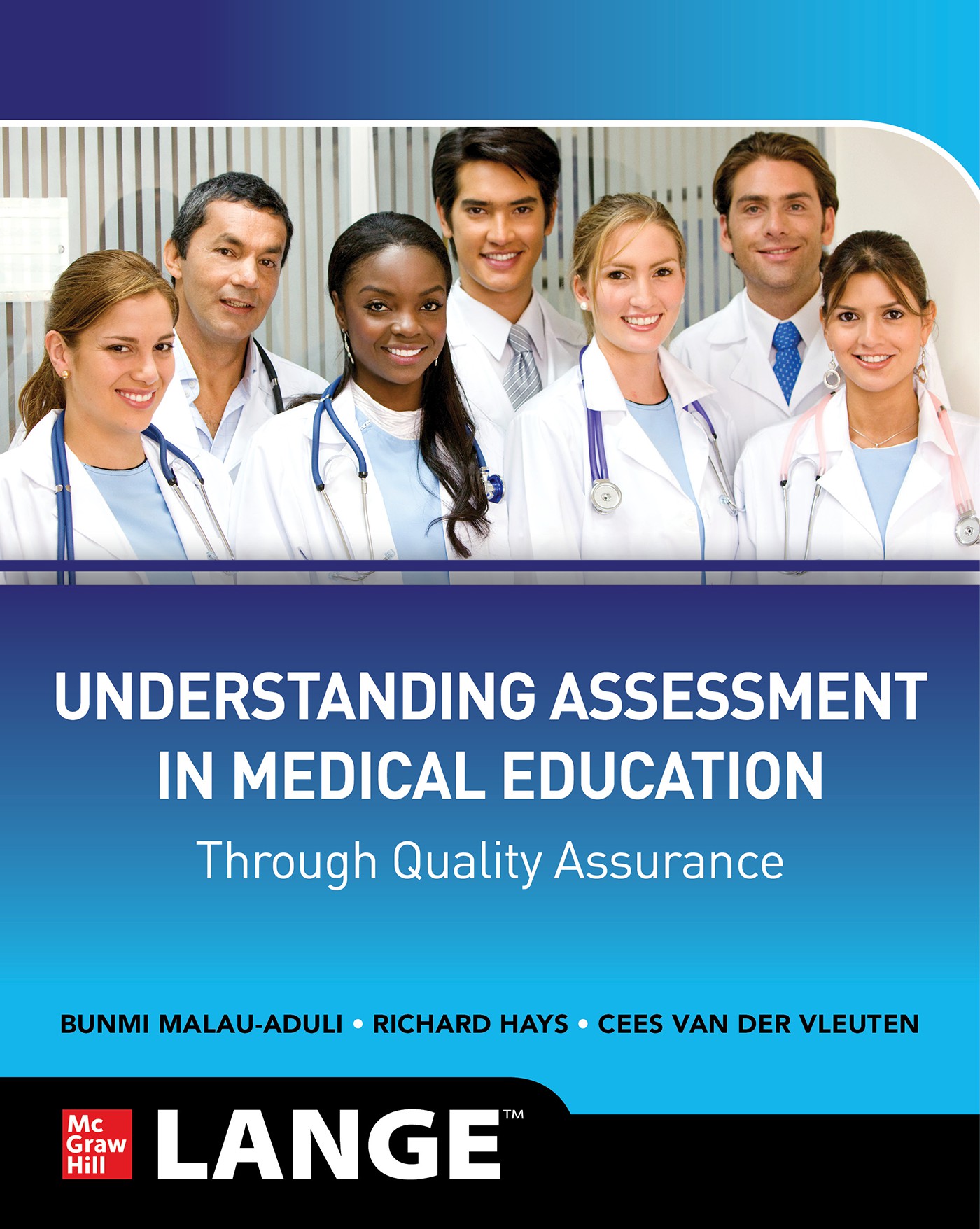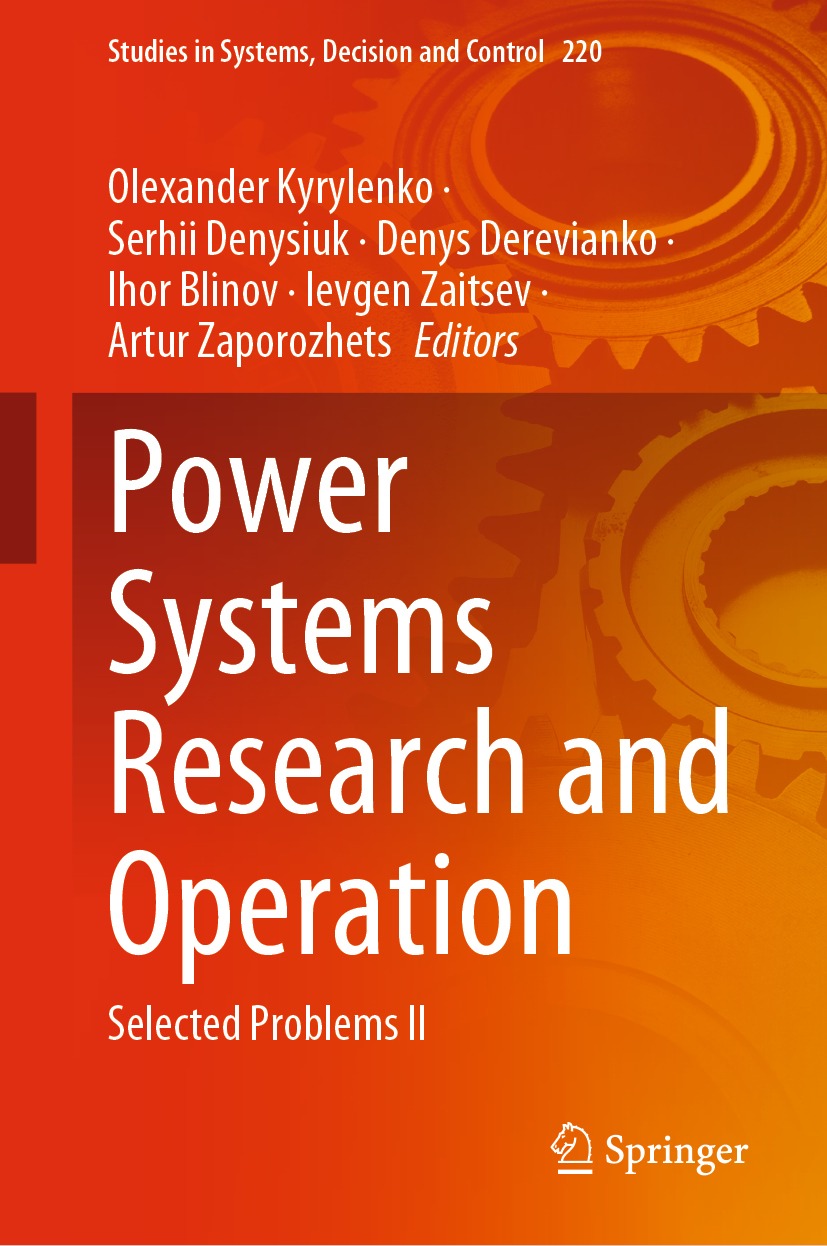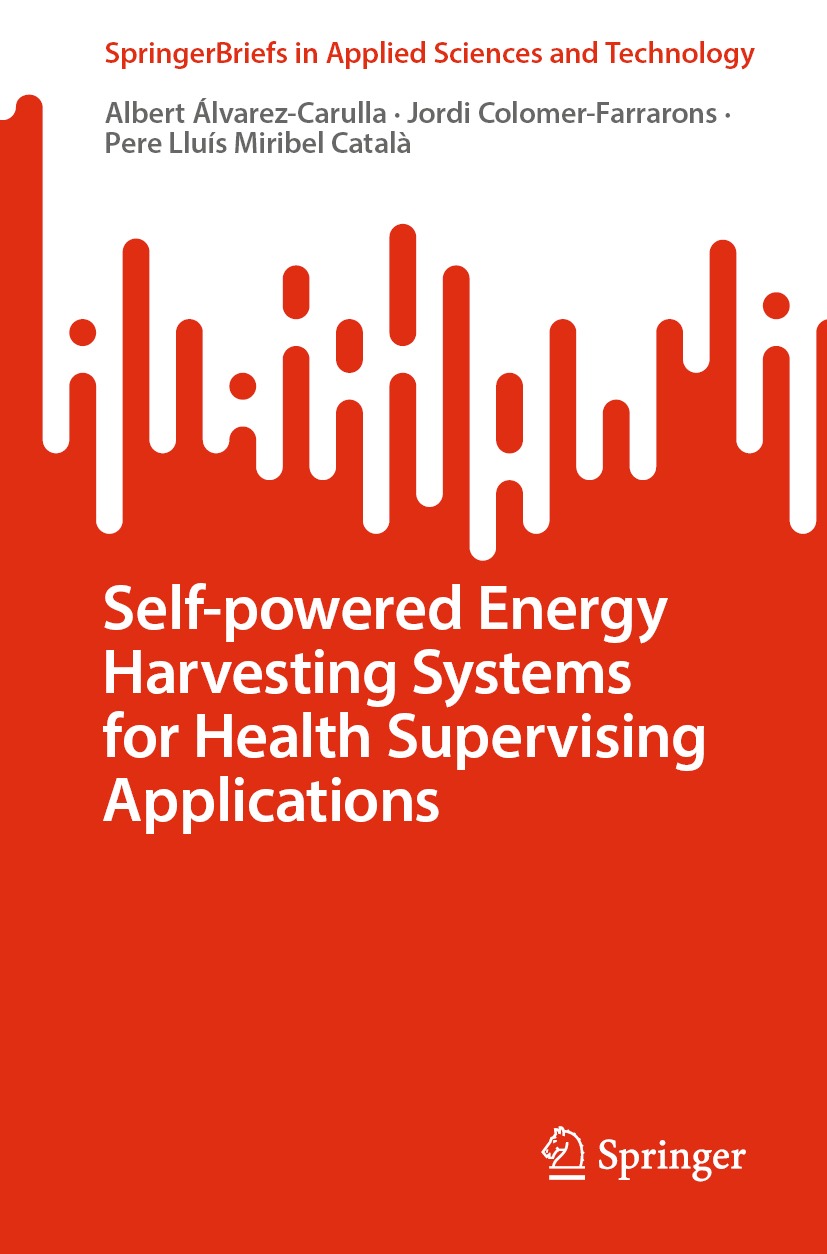Health monitoring of civil structures (HMS) is a new discipline, which contributes to successful and on time detection of damages to structures. This book is a collection of chapters on different topics written by leading scientists in the field. It is primarily focused on the latest achievements in monitoring the earthquake effect upon the health of civil structures. The first chapter of the book deals with the geotechnical and structural aspects of the 2010-2011 Christchurch earthquakes. Further chapters are dedicated to the latest HMS techniques of identification of damage to structures caused by earthquakes. Real time damage detection as well as sensors and acquisition systems used for that purpose are presented. The attention is focused on automated modal analysis, dynamic artificial neural networks and wavelet techniques used in HMS. Particular emphasis is put on wireless sensors and piezo-impendance transducers used for evaluation of seismically induced structural damage. The discussion is followed by presentation of case studies of application of health monitoring for buildings and other civil structures, including a super tall structure. The book ends with a presentation of shaking table tests on physical models for the purpose of monitoring their behaviour under earthquake excitation. Audience The book is primarily intended for engineers and scientists working in the field of application of the HMS technique in earthquake engineering. Considering that real time health monitoring of structures represents a sophisticated approach applying the latest techniques of monitoring of structures, many experts from other industries will also find this book useful.












